In this article
Grass potty pads are a great way to protect a lawn or flower beds while providing your dog with somewhere outdoors that they are allowed to use for peeing and pooping. Whether you have a puppy or an older dog, it is possible to train them to use these pads, rather than going wherever they like, and the keys to success are patience, consistency, and plenty of praise.
If you are proactive about your training, too, then this will help ensure that you have the greatest chance of success. Below are eight steps and tips to help train your dog to use grass potty pads.

The 10 Tips to Train Your Dog to Use Grass Potty Pads
1. Choose the Right Potty Pad
Potty pads come in different sizes, and you need to choose one that is an appropriate size for your dog. Adult dogs need more room to turn, and senior dogs especially will need extra space. If you use pads that are too small for your dog, you are ultimately setting them up for failure as they are more likely to miss the pad and pee or poop next to it.
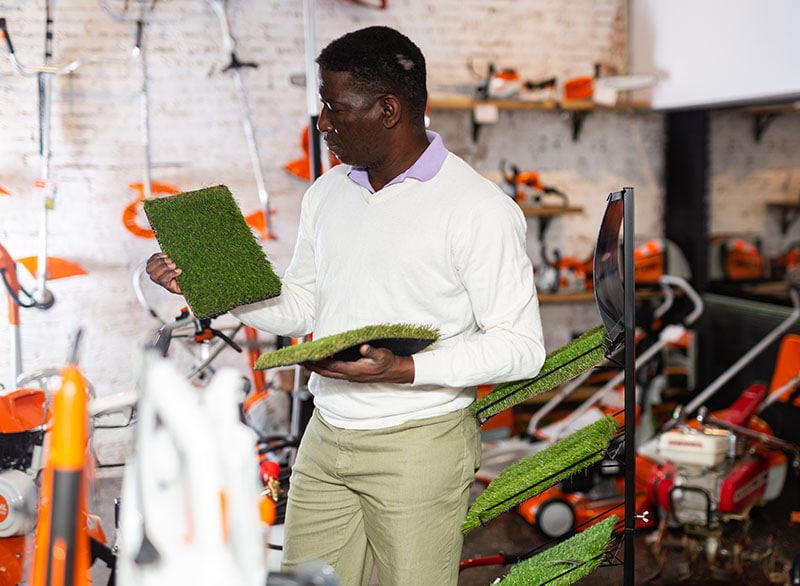
2. Choose the Right Location
Some dogs need ideal conditions to be able to go to the toilet. Typically, this means that they have a secure and relatively secluded spot, away from foot traffic, but that is easy to get to. Senior dogs are especially unlikely to want to have to overcome multiple obstacles to get to their toilet spot but even some young dogs will look for the first available space. Once you’ve placed the pad, it should ideally be kept in the same spot so as not to confuse your dog.
3. Learn to Recognize the Signs
A very important part of training your pup to use grass potty pads is to learn to recognize the signs that they need to pee or poop. Agitation or restlessness, walking in circles, sniffing the floor, or even scratching at the floor are all signs that a dog needs to go potty.

4. Use Verbal Cues and Reinforce Them
When you notice that your dog is ready to use the bathroom, simply place them on the grass pad and wait. Once your pup starts doing their business, say your cue. For example, “potty,” “pee”, etc. Any word works, but you must stick to the same one for consistency. As soon as they finish, offer them a treat to reinforce the idea that this is the expected behavior. Soon your pup will know that this is the purpose of the grass pad. However, learning doesn’t happen overnight, so be patient and prepared for the occasional accident while they learn.
5. Take It Slow
When starting, whether you are training a puppy or an adult dog, you need to start slowly. You can’t expect results overnight. It may take several weeks for an adult dog or even several months for a very young puppy, to get used to using the pad every time. This is especially true if you won’t be there to monitor every single toilet session.
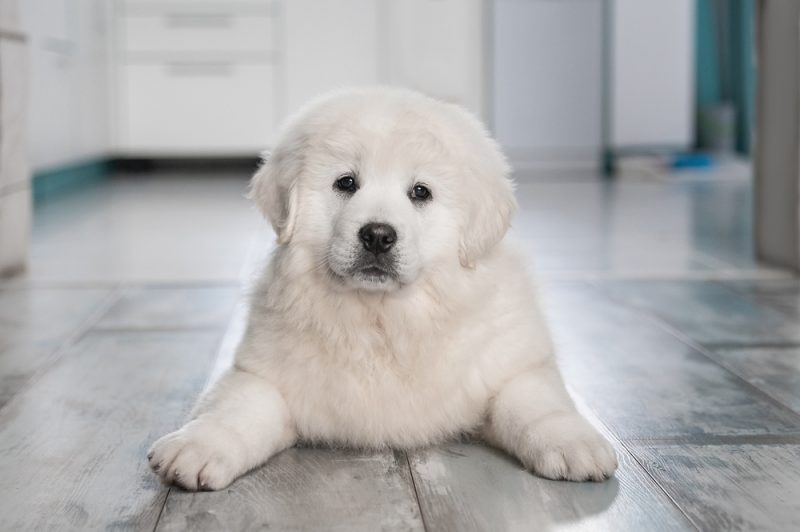
6. Be Consistent
Whether you’re training your dog to sit, roll over, or pee on a potty pad, you need to be consistent. This means being consistent with commands, consistent with praise, and consistent in your training methods. If you keep asking different things from your dog, it won’t know what it is you want. Mixed training will lead to mixed results, while consistent training gives consistent results.
7. Be Proactive
Dogs will usually want to go to the toilet about 15 minutes after eating or drinking, and ideally, you will want to direct them to the pad just in time for them to go. If you’re too early, they’ll get bored and walk away. If you’re too late, they will have found somewhere else to go. Similarly, most dogs will need to go first thing in the morning and can be encouraged to go last thing at night.
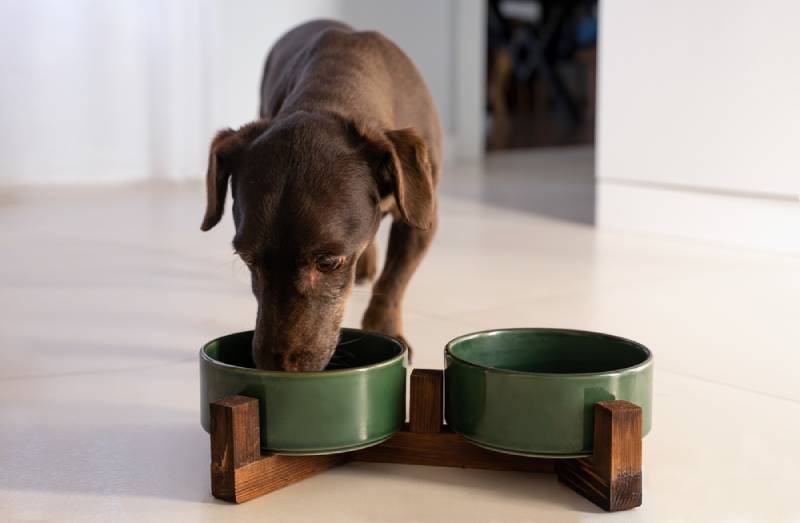
8. Don’t Reprimand Mistakes
Accidents will happen and there will be times when your dog misses the pad. There may even be occasions when they don’t even seem to try and get it right. Don’t reprimand your dog for getting it wrong. This is especially true for things like potty training. If your dog mistakenly believes that they are being told off for peeing or pooping, they may try and hide from you to do it in the future, and it will make training even more difficult. Instead of reprimanding your dog when it has an accident, ignore it and wait for the next training opportunity.
9. Do Reward Successful Pad Use
On the other hand, when your dog does get it right, you need to be quick with praise and reward. The sooner you praise your dog, the more likely it will recognize that you are praising it for using the potty pad. As long as you continue to ignore mistakes and quickly praise the successful use of the pads, the quicker your dog will understand what you do want and what you don’t want. If you use food-based rewards initially, you can eventually wean them off food treats, but do continue to give verbal and physical praise.

10. Try to Have a Predictable Schedule
Learn when your dog will likely need the toilet, and set up your training around this schedule. Try and ensure that you give food at around the same time and get into the habit of letting your dog out for a wee and poo last thing at night and first thing in the morning. You and your dog will benefit from having this routine, and it will make things easier in the long run.

Conclusion
Training your dog to use a potty pad is very similar to training them to sit or do almost anything else. You need to be patient and consistent, avoid reprimanding mistakes and errors, and be quick to offer praise and reward for a successful potty pad use. It can take weeks or even months to get things down perfectly but will come with time and effort.
Featured Image Credit: Andy Dean Photography, Shutterstock

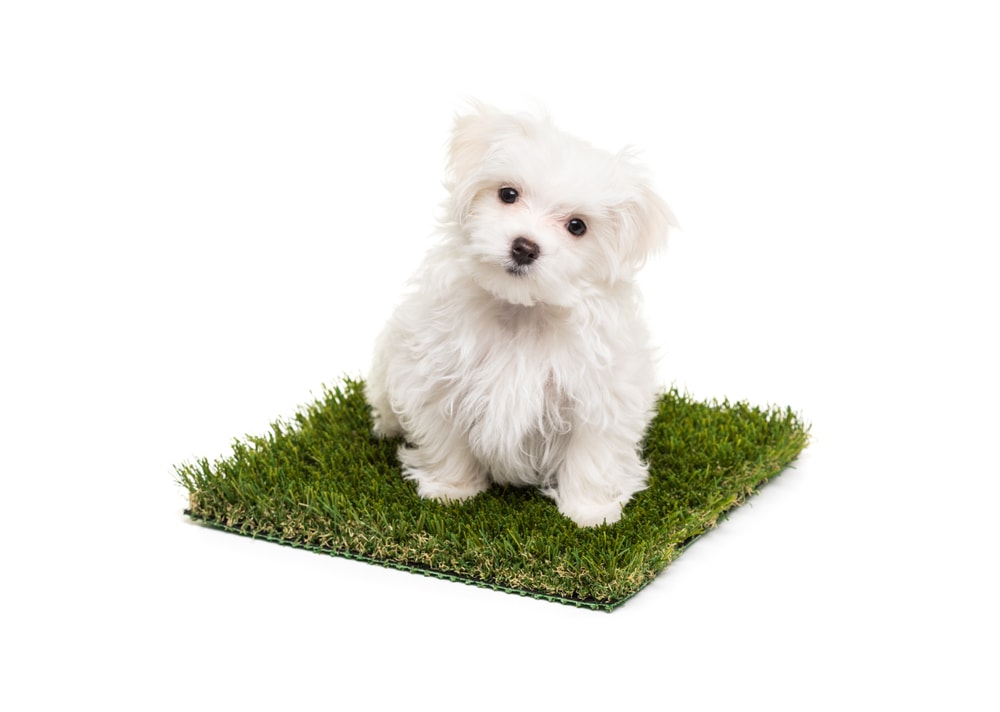


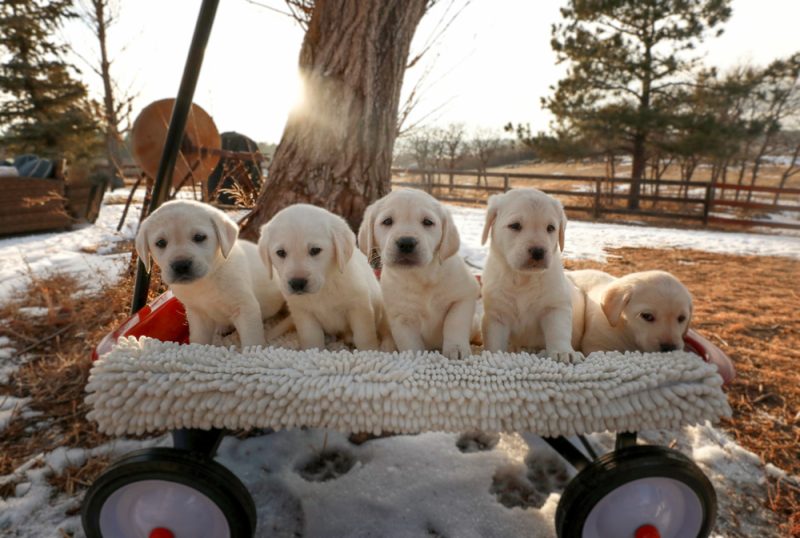
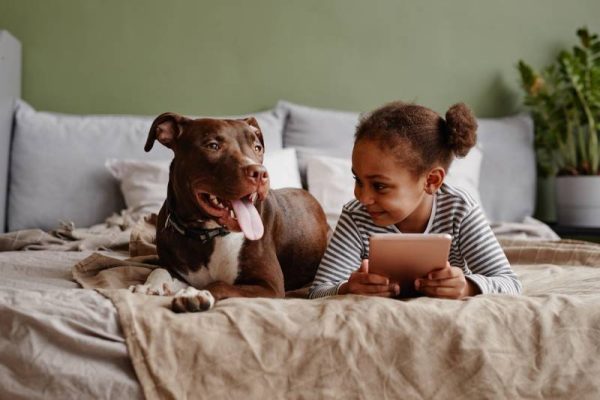
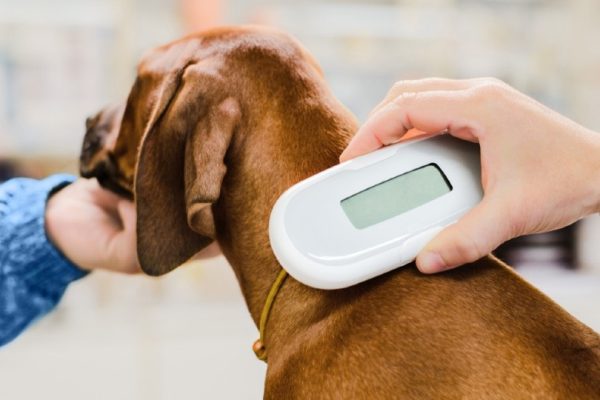

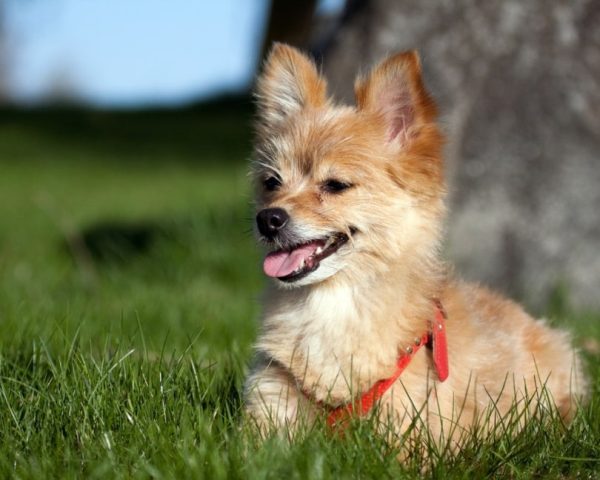
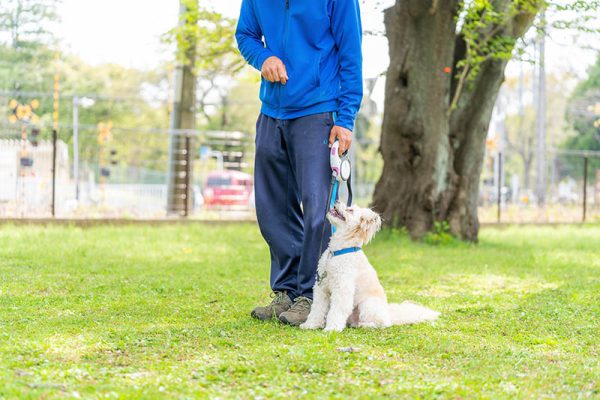
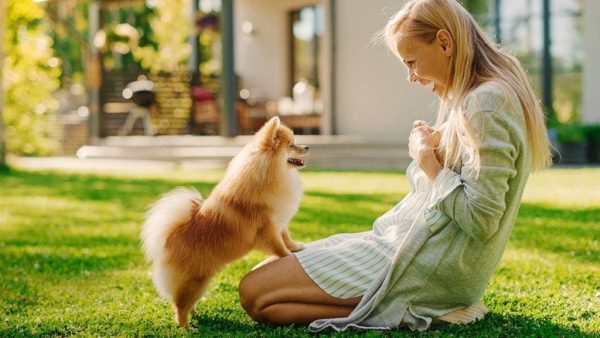
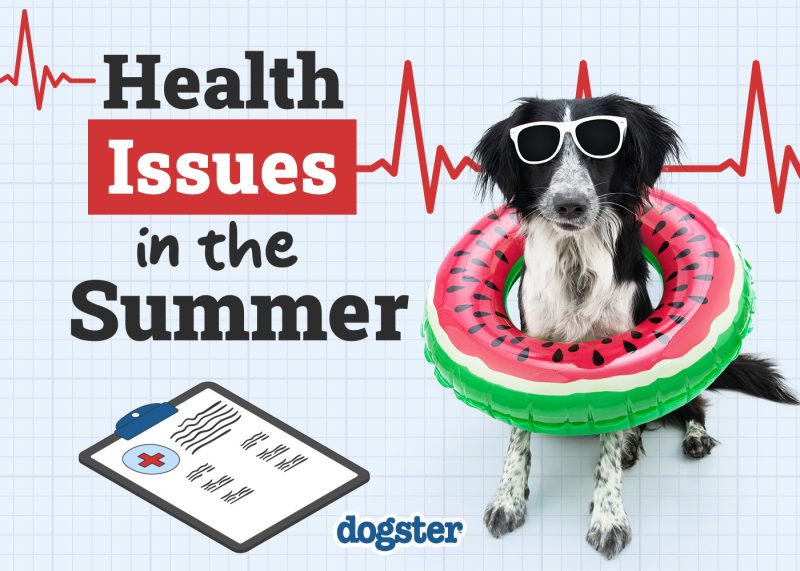
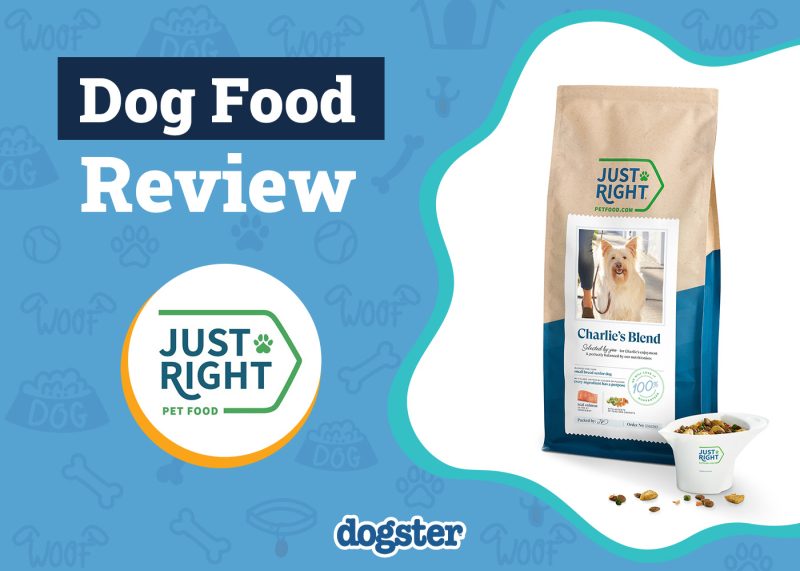
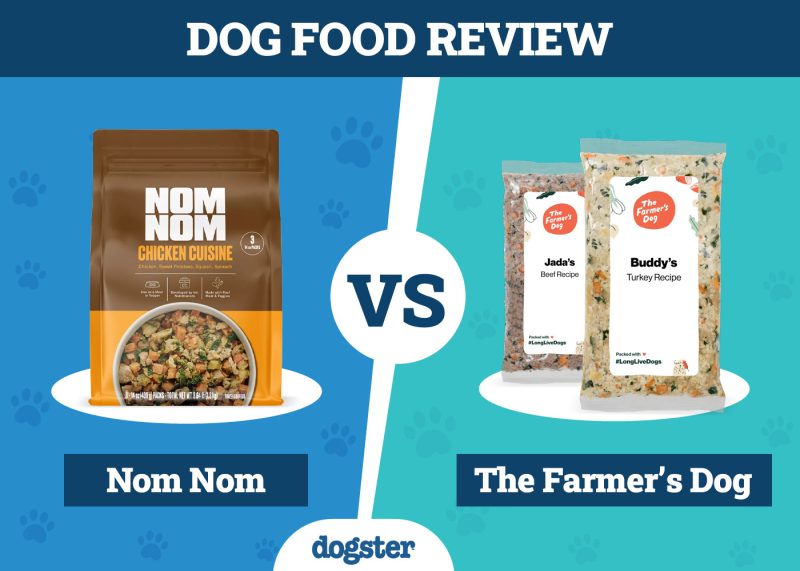
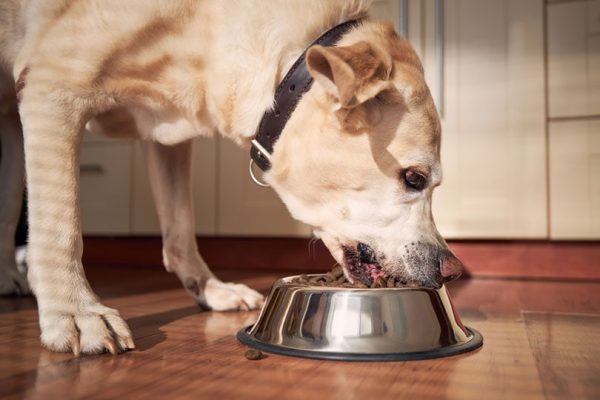



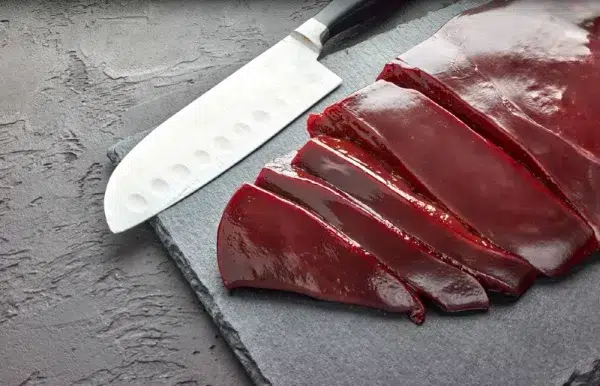
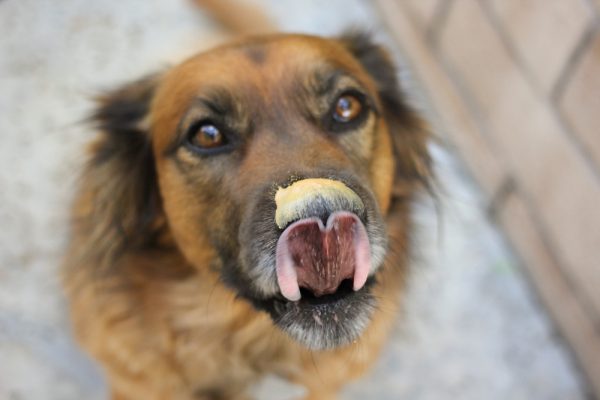

2 Responses
I have a six year old terrier mix rescue three years ago. He has made many strides to overcome his anxieties.
I have walked him at least three times a day on a leash for him to go potty on our walk. He loves to be outside, so I strung a cable in my backyard that gives him the opportunity to move around freely. He will not relieve himself in his ‘play area’
Having had a bad fall I’m trying to find a way for him to poop in the backyard without me having to walk him.
I would appreciate some tips. Thank you so much.